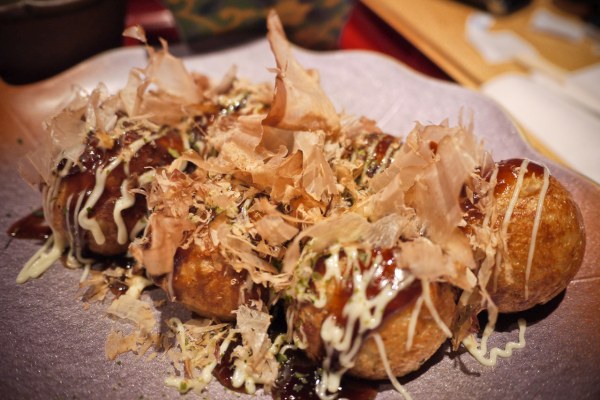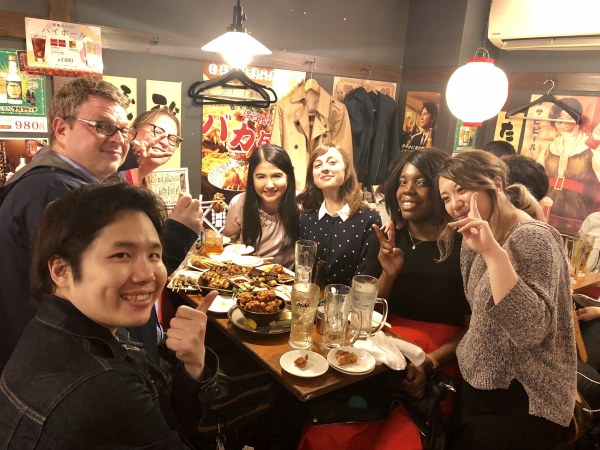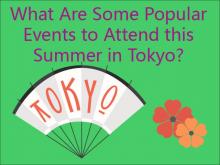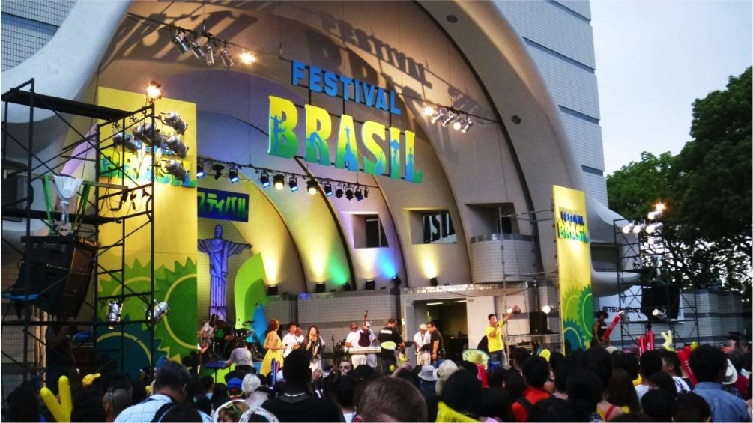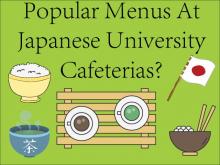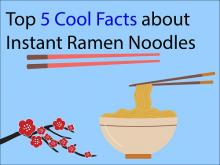Konjac Plant—how Is It Used?
Konjac Plant—how Is It Used?
What is it?
The Konjac plant is a perennial herb that belongs to the Amorphophallus plant family. It grows mostly in tropical and subtropical regions of eastern Asia, including countries like China, Japan, and India. In these regions, people mostly use its starchy tuber-like corn. This is sort of like the plant’s storage organ and grows underground like an actual tuber.
Konjac has a high amount of glucomannan, 40% to be exact. Glucomannan is a food additive with emulsifying and thickening properties. It’s mostly used as a nutritional supplement for users who suffer from conditions like acne, diabetes, high cholesterol, constipation, and obesity. That’s because this plant is low in calories and it’s a great source of soluble fiber which means it’s great for the digestive system.
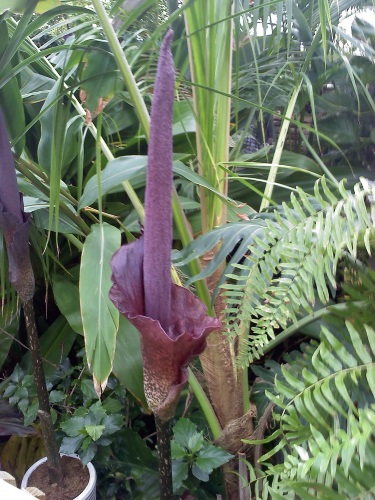
Other so call benefits are treatment of weight, helps against elevated cholesterol and constipation.
Where Does Konjac Come From?
Konjac mainly comes from China, Korea, Japan, and India. It grows freely and is easy to cultivate in tropical and subtropical areas because it requires sandy topsoil with a muddy lower layer that can retain the moderate rainfall of these regions. In China and Japan, you’ll mostly find Konjac in hilly areas and the plant takes up very little space.
When the plant turns 2 or 3 years old, it’s transplanted and given more space to grow. This is about the same time period during which the plant reaches its maximum glucomannan levels. Once they’re fully matured, Konjac plants are cleaned and processed for selling and/or consumption.
Uses in Japan
The dietary fibers of the Konjac Yam can also be used as a type of healthy noodle called shirataki or can made into rice. It is flavorless but can easily absorb other flavors. In other areas other than food, you will find cleaning products made out of the plant. For example in Japan you can purchase baby sponges that are made out of Konjac. Apparently it has been used as a sponge for over a hundred years. What is great is that it is 100 percent biodegradable and natural. It is also GMO and Fragrance free.
Main Benefits of Konjac
Nowadays, Konjac is mostly used as a dietary fiber supplement that helps digestive health and can be used as a weight loss aid. Medical literature supports both uses and in China and Japan this plant is used as a thickener to add texture to food and to regulate cholesterol levels.
1. Weight Loss
Konjac has the ability to absorb up to 20x of its weight in water. The glucomannan magnifies after ingestions thus giving you a feeling of satiation long after you’ve eaten it. To get the most out of it, it’s recommended to take Konjac with water prior to your meals.
2. Fiber Supplementation
According to the America Dietary Association, the minimum dietary fiber intake for an adult should be 20 to 35 grams per day. The average American adult gets about 12 to 18 grams of dietary fiber per day with oat bran having the highest amount soluble fiber content at 14%. We mention oat bran because it’s one of the most widely consumed components of the typical American diet. By far, Konjac has the highest source of soluble fiber with 40% of glucomannan.
That’s why studies have shown that supplementing with glucomannan can help with the treatment of health conditions such as:
Hyperglycemia and Hypoglycemia
Glucomannan draws water to the digestive system and transforms it into a gel. This helps to stabilize blood sugar levels by accumulating carbohydrates and decelerating the digestive process.
Diabetes
Studies show that glucomannan has the ability to reduce serum lipid, insulin, and blood glucose levels. It’s mostly effective when taken after meals.
Conclusion
Konjac is one of the most popular dietary supplements right now, due to its ability to help with weight loss while promoting improved digestive health. Some people add it to dishes as a thickener and consuming it will make you feel satiated for long periods of time.



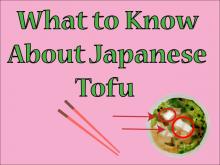

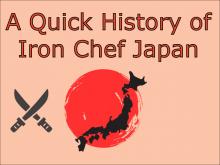
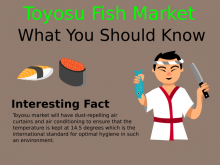

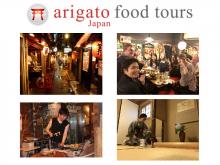
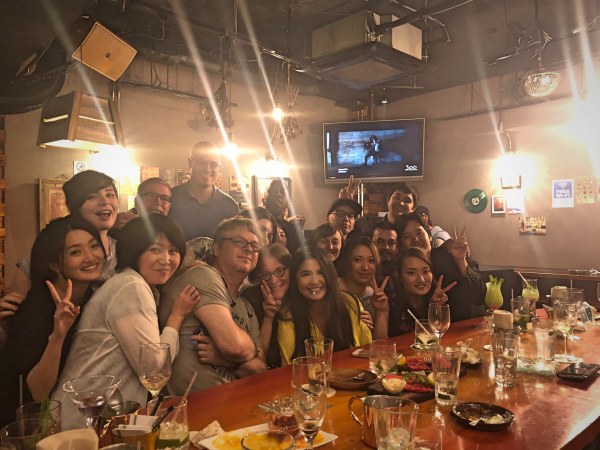
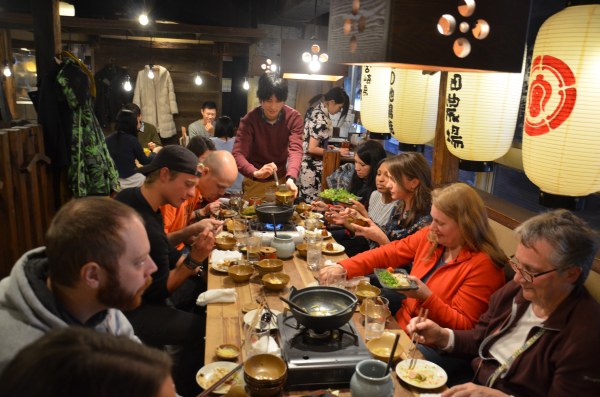
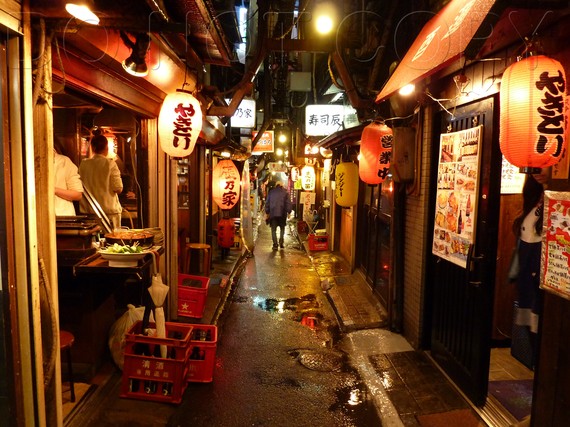
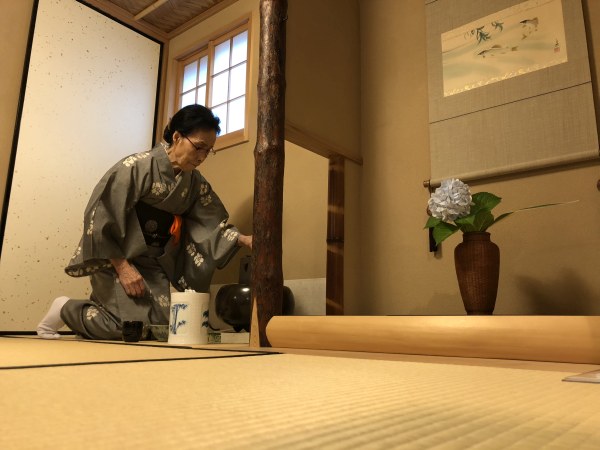

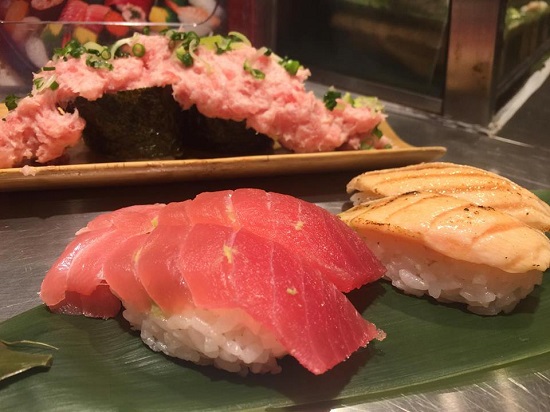
%20-%20N.jpg)
